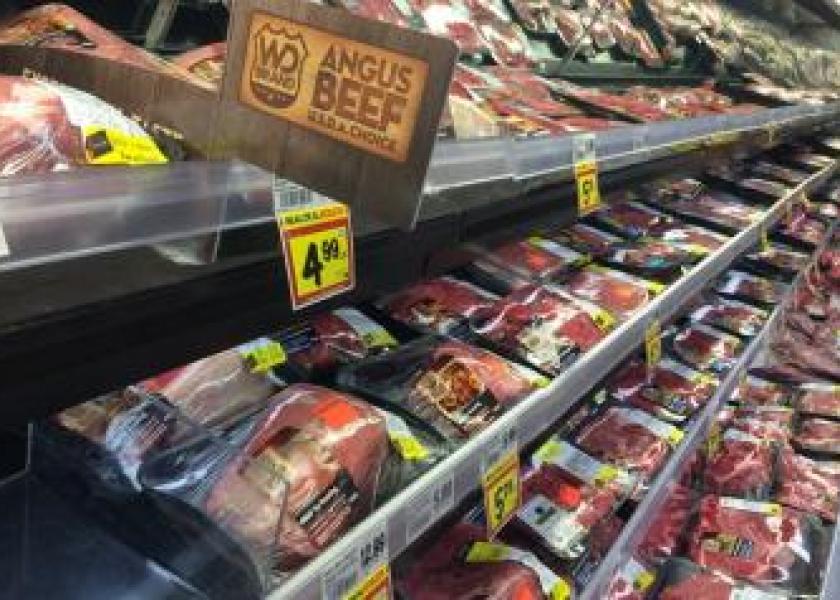Consumer Demand for Beef Remains Strong Among Inflation Woes, New Report Shows

According to the newly released “Today’s Beef Consumer” report from the National Cattlemen’s Beef Association (NCBA), a contractor to the Beef Checkoff, demand for beef continues to remain strong. The compilation of research from 2022, outlined below, shows that despite various challenges faced by the industry, consumers have repeatedly stated that they will continue purchasing beef, both in retail and foodservice settings.
Consumer Insights
Consumer demand for beef remains strong overall.[i] In fact, more than two-thirds of consumers reportedly eat beef on a weekly basis, or more.[ii] Inflation is certainly top of mind and more than three-quarters of consumers, 78%, report noticing an increase in the price of food whether at retail or foodservice.[iii] Beef however has experienced far lower levels of inflation when compared to other proteins in the “food at home” category[iv], which we will explore next.
Retail
During the pandemic consumers were forced to cook at home and many have continued to do so as it has become a popular way to make a dollar stretch and combat inflation. Analysis for the Today’s Beef Consumer report found 76% of meals are now cooked at home and 94% of consumers who are cooking more at home say they will continue to do so.[iii] In 2022 fresh ground beef accounted for 50% of volume of beef sales,[v] likely due to the lower price point as well as a renewed consumer interest in comfort foods and nostalgic recipes, like meatloaf. In 2022, meatloaf was also the most popular page on BeefItsWhatsForDinner.com with almost 1.7 million pageviews. This trend is expected to continue as a recent survey found that 20% of consumers say they plan to purchase more ground beef in the coming year.[iii]
Foodservice
It is no surprise that beef sales at foodservice declined sharply in 2020 and 2021. In 2022, sales in both dollars and volume rebounded to surpass the pre-pandemic level of 2019.[vi]
Online Shopping
Another pandemic trend that seems to be here to stay is online shopping, both at retail and foodservice. 64% of consumers say they are ordering groceries online, with 44% of consumers including fresh beef in those grocery orders. When it comes to foodservice, online ordering has become overwhelmingly popular. 80% of consumers say they order meals online and 70% use online ordering for burgers.[iii]
Beef Substitutes
Fresh meat and beef substitutes continue to represent a small percentage of the market.[v] When it comes to protein sources, consumers consistently rank beef as a top source of protein.[ii]
As we head into 2023 demand for beef remains strong and consumers continue to purchase and order beef, whether in person or online. To view the entire study, click here or visit BeefResearch.org.
________________________________________
[i] USDA, Economic Research Service, US Bureau of Labor Statistics
[ii] Directions Research, Consumer Beef Tracker Jan-Dec 2022
[iii] State of the Consumer Survey, August 2022
[iv] US Bureau of Labor Statistics, Consumer Price Index, Not Seasonally Adjusted, Data Ending December 2022
[v] NielsonIQ, Discover, Full-Year 2022 Fresh Meat Sales by Primal, Data Ending December 31, 2022
[vi] GlobalData, Beef Produce by Channel in U.S., 2019-2023







